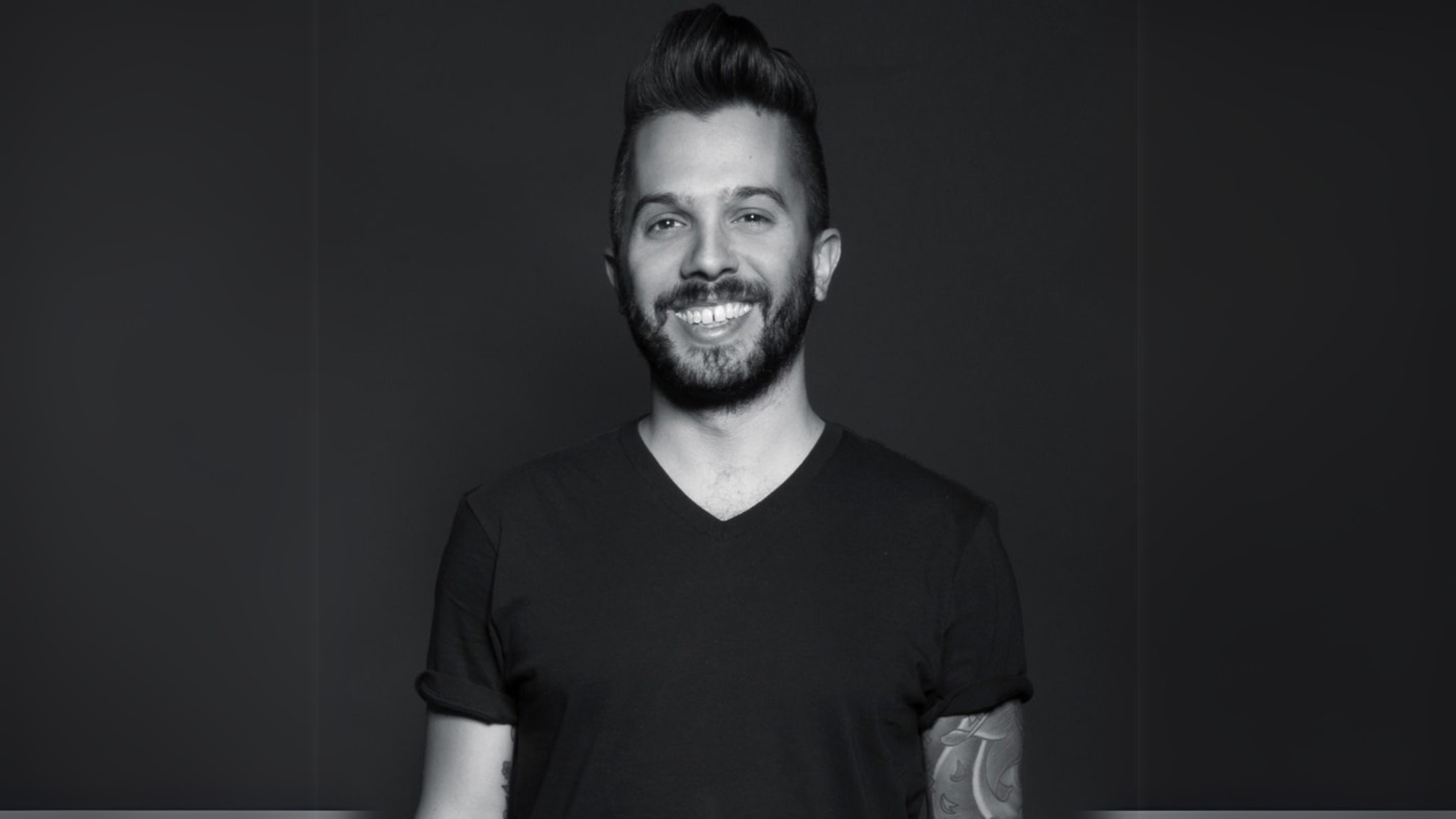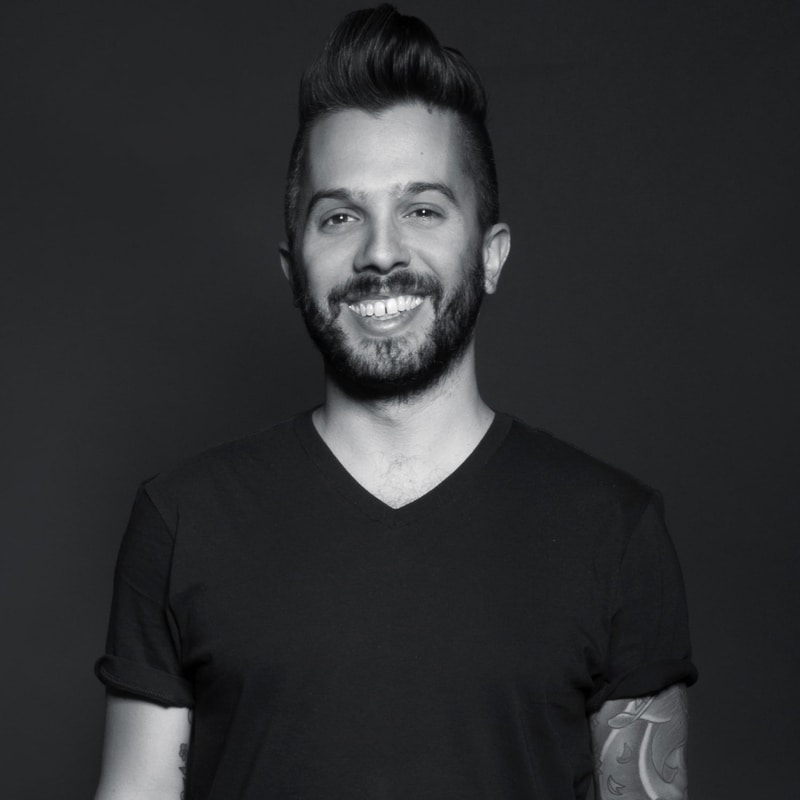John Sampogna | Source | CEO & Co-founder at Wondersauce

John Sampogna
John Sampogna is a seasoned entrepreneur, investor, and CEO with over 15 years of experience crafting award-winning strategies and campaigns for renowned brands such as Golf.com, Nike, L’Oréal, Scott’s, Brookfield Place, Chandon, and Grubhub, among others.
Inspired by his generation growing up with the Internet, Sampogna was among the first in his field to embrace social media as a creative tool for growth, earning recognition on Business Insider’s list of “30 Most Creative People in Advertising Under 30.” His insights have been featured in various media outlets, including Glossy, Adweek, CNBC, Marketing Brew, Ad Age, Yahoo, and Digiday. He has also appeared on globally ranked podcasts and on stages like the 2024 Brand Innovators Summit at the US Open.
Under his leadership, Wondersauce has earned a spot on Inc. Magazine’s Inc. 5000 list of America's Fastest-Growing Companies, built a roster of premier Fortune 500 clients and innovative startups, and was officially acquired by Project Worldwide, an advertising holding company. Today, he leads a team of over 100 creatives, strategists, producers, and technologists as CEO.
-
Wondersauce (https://www.wondersauce.com/)
CEO & Co-founder
started Dec 2011
-
NASDAQ: John Sampogna on Entrepreneurship, Growth, and Building Wondersauce
Discover how John Sampogna, Co-Founder & CEO of Wondersauce, built a global agency specializing in brand storytelling, e-commerce, and digital marketing. In this Faces of Entrepreneurship interview, he shares insights on growth, resilience, and the power of bold decision-making. Entrepreneurship, John Sampogna, Wondersauce, digital marketing, brand storytelling, e-commerce strategy, business growth, creative strategy, digital transformation.
Article -
Podcast: The Future of Interface | John Sampogna, Wondersauce
This episode of The Lucky Orange Show is a conversation with Wondersauce CEO and Co-Founder, John Sampogna. John shares his views on the future of customer interfaces, including: - The most exciting opportunities facing brands in 2025 - How the role of the website continues to evolve - When it makes sense to participate in a trend And more. Be sure to hit subscribe so you don't miss an update from Lucky Orange! Connect with John: https://www.linkedin.com/in/johnsampogna/ Learn more about Wondersauce: https://www.wondersauce.com/ Connect with Sean: https://www.linkedin.com/in/seanmccarthy3/ Try Lucky Orange: https://www.luckyorange.com/ Be sure to subscribe to the Lucky Orange YouTube channel, hit the notification bell and follow along on our other social channels: https://www.linkedin.com/company/lucky-orange/ https://twitter.com/luckyorange https://www.tiktok.com/@luckyorangeapp https://www.instagram.com/officialluckyorange/ . . . . . #wondersauce #luckyorange #ecommerce #future #interview #interface #webdesign #uxdesign #shopify #bigcommerce #hubspot #searchengineoptimization #aitools #ai
Podcast -
Byline: How Companies Can Adapt to Emerging Technologies
An international award show that celebrates and promotes brands, agencies and organizations for their excellence on social media.
Article
-
Podcasts: A Trust-Building Advertising Avenue for Small Businesses
John notes that podcasts create a "unique bond between hosts and listeners," similar to small businesses and their communities. This trust makes podcast ads impactful. "Host readouts are particularly effective," he adds, as they allow hosts to deliver ads with authenticity, resonating with audiences.
-
Old e-commerce site strategy
- Invest in a new website every 5+ years.
- Migrate your entire business stack to the new trendy e-commerce platform or approach.
- Maintain and optimize the site around only leading up to key selling periods or when something breaks.
- Leverage inconsistent brand assets that don’t tell an accurate or up-to-date brand story and feel detached from your marketing.
- Settle for a site operating in isolation with web analytics as your only driving force for what is working.New e-commerce site strategy
- Consider your e-commerce platform a critical aspect of your long-term business strategy. Have your team (or agency) develop a partnership with an account rep at the platform and truly understand the strengths, weaknesses, and product roadmap. Be honest and share feedback as it comes up.
- Create a “business stack” with best-in-class partners for customer success, fulfillment, CRM, BI, etc. These partners should complement each other, and you should stay updated on new and exciting apps and businesses. This approach will empower you to add and subtract responsibly, maintaining a sense of control and adaptability in your strategy. You will have way more control over your day-to-day decisions.
- View your e-commerce site as a living and breathing product. When managed effectively, this approach can be cost-effective and ensure your experience is constantly optimized for conversion. Invest in a larger refresh (front-end) that is primarily focused on branding updates every 24-36 months. This continuous improvement strategy will inspire and motivate your team to strive for better results.
- Build a marketing focus that creates content. Both product, lifestyle, and beyond to ensure all aspects of your site and entry points (social, search, etc.) constantly reflect the most up-to-date brand story.
- Make business decisions that are holistic and informed by multiple data sources. These should become increasingly obvious over time as multiple parties tell you the same things that need adjustment or more investment because they’re working!If you fall into the first category, it’s time to augment your approach. The good news is that making these changes is usually pretty straightforward with the right partner, and we have found that the cost difference between doing it the old way and the new way is minimal, while the impact is anything but.
It's the little things that separate how businesses operate day-to-day.
When you stack them all up, these actions and decisions lead to results that are not so little…
-
CTV advertising offers the same value paid social did ten years ago.
Today, many brands still invest the majority of their digital ad budgets across Meta and Google despite it being increasingly competitive and expensive to remain effective.
CTV reminds me of the paid social landscape of the past, and brands willing to dive in now can take advantage of the uncertainty.
Why is CTV still a value?
- Leading platforms are still very much figuring out their advertising product offering
- Brands continue to question the ROI and efficacy
- Creative lift *feels* more significant than social
- False pretense that the cost of entry is too highIn my experience, questions like this often mean there’s an opportunity to capitalize on undervalued eyeballs, and brands willing to take the “risk” may have a chance to stretch their spend a bit further.
Whether going directly to the platform (Hulu, YouTube, Paramount+, etc.) or leveraging a programmatic partner like Tatari, more brands need to work CTV into their media mix for 2024 and beyond.
-
Your content is your brand.
All of it.
Both significant brand initiatives requiring months of consideration and more day-to-day content, which may require mere seconds or even no consideration at all.
We’re seeing that increasingly, most brand awareness, conversions, and engagement come from often undervalued content.
It’s vital to rethink and prioritize content creation that may seem less glamorous. Product photography, for instance, should work a lot harder. Organic social and influencer content, too.
Starting your ideation at the “top of the funnel” and working down is a dated approach that will cost you time and money.
When we approach content production, rather than thinking of these as buckets to check off the list, we’re thinking more creatively about the assets that will fulfill these needs.
We aim to establish a flexible content library that can be utilized across different use cases, leveraged for ongoing video and social content, and designed to be shared with other partners.
Ultimately, the goal is to create more impactful brand moments with content that has a much longer shelf life.
This approach will become increasingly crucial as AI automation streamlines content creation processes and allows teams of all sizes to increase the speed and fidelity of their output.




